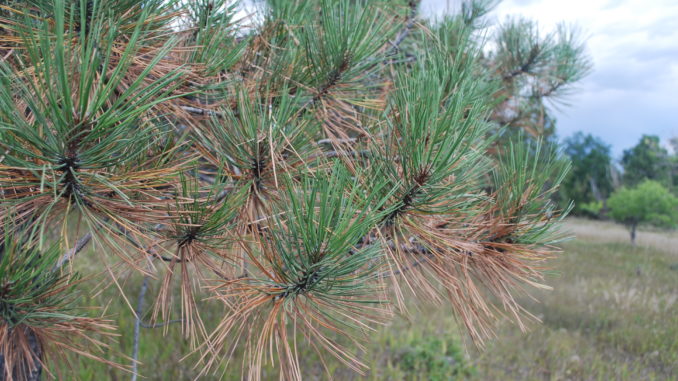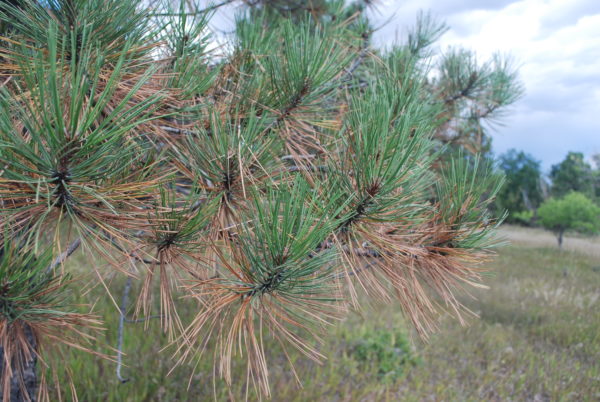
Evergreen trees are starting to display dying yellow or brown needles with the Autumn season approaching statewide as they begin a natural shedding process as opposed to being damaged by bark beetles or other tree insects and diseases.
Colorado evergreens tend to shed their older interior needles annually as part of their growth cycle, shedding needles on the lower part closest to the trunk. Additionally, the needles that are shed first are often yellow, turning a reddish-orange or brown color up to the point when they fall off.

Ponderosa and lodgepole pines, spruce, and fir species are the trees that mostly shed needles in the months of September and October. Furthermore, evergreen trees that shed their fall needles look different than those trees infested by bark beetles.
Needles on a beetle-infested tree change color throughout the whole tree rather than only the older needles in a healthy tree, starting off green and turning reddish-orange after summer. Also, the fall needle drop is commonly mislabeled as “needle cast”, however, the term refers to a fungal disease of spruce and fir trees.
For more information regarding tree and forest health, contact your local CSFS field office or visit: csfs.colostate.edu/forest-management/
Support Northern Colorado Journalism
Show your support for North Forty News by helping us produce more content. It's a kind and simple gesture that will help us continue to bring more content to you.
BONUS - Donors get a link in their receipt to sign up for our once-per-week instant text messaging alert. Get your e-copy of North Forty News the moment it is released!
Click to Donate
